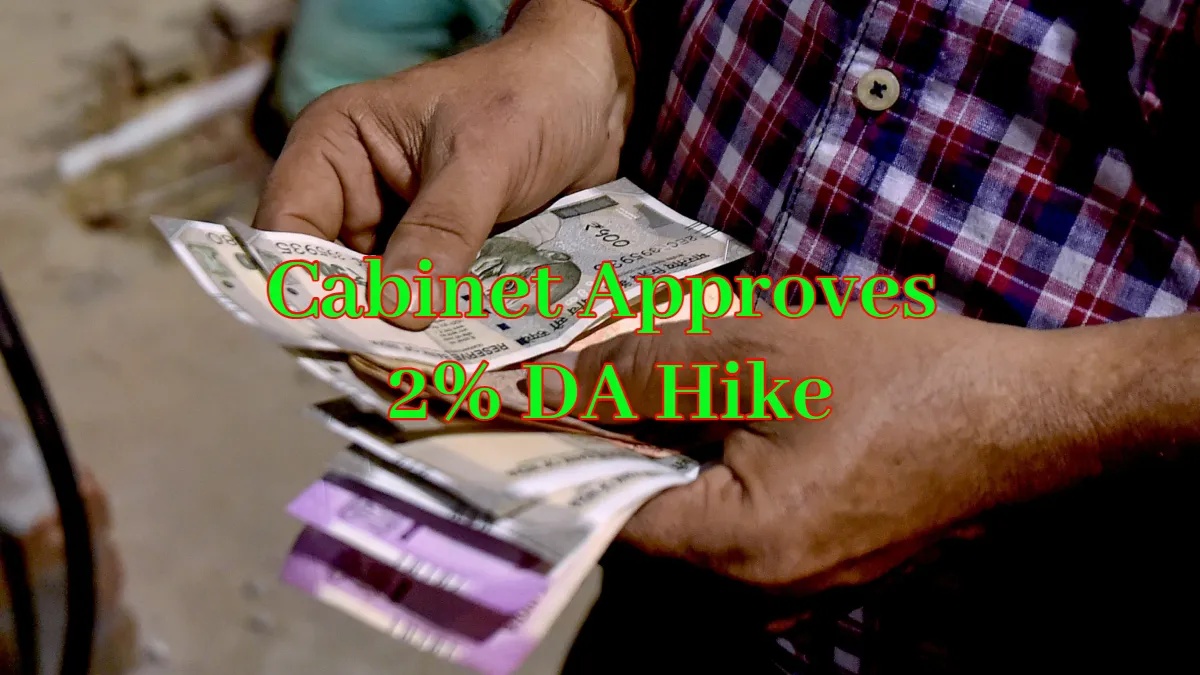
Government Announces DA Hike for Central Employees
The Indian government has approved a 2% increase in Dearness Allowance (DA) for central government employees, set to take effect on January 1, 2025. This adjustment, announced by Union Cabinet during a recent meeting chaired by Prime Minister Narendra Modi, aims to mitigate the impact of inflation on the salaries of over 1.1 crore employees and pensioners. The revision will raise DA from its current 53% to 55% of basic pay, providing a much-needed financial boost amid rising living costs. The move comes ahead of the anticipated 8th Pay Commission recommendations, which are expected to further reshape salary structures for public sector workers. Union Minister Ashwini Vaishnaw emphasized that the increase aligns with the accepted formula based on the 7th Central Pay Commission’s guidelines, ensuring fair compensation for employees facing inflationary pressures.
Financial Impact and Historical Context
The annual cost of this DA adjustment is projected to reach Rs. 6,614.04 crore, reflecting the government’s commitment to balancing fiscal responsibility with employee welfare. This increase follows a previous 4% hike in DA/DR to 50% in March 2024, which was effective from January 2024. The latest revision is part of a broader strategy to maintain purchasing power for central government employees and pensioners, with the last major adjustment occurring in July 2024. Analysts note that the timing of the hike coincides with the government’s efforts to address wage stagnation and ensure parity with the cost of living. The decision also underscores the importance of periodic DA adjustments in safeguarding the financial security of public sector workers.
Understanding Dearness Allowance and Its Role
Dearness Allowance is a critical component of the salary structure for government employees, designed to offset the effects of inflation on their income. Unlike basic pay, which is determined every 10 years through pay commissions, DA is adjusted periodically to reflect economic conditions. The 7th Central Pay Commission’s recommendations form the basis for these adjustments, ensuring that DA remains aligned with the rising cost of living. Both DA and Dearness Relief (DR) are extended to employees and pensioners, respectively, to protect their financial stability. This dual mechanism helps maintain the real value of salaries and pensions, ensuring that public sector workers can meet their daily expenses without facing undue financial strain.
Broader Implications for Public Sector Workers
The DA hike is expected to have a significant impact on the livelihoods of central government employees, particularly those in lower pay brackets. With over 48.66 lakh employees and 66.55 lakh pensioners benefiting from the increase, the move addresses a pressing concern for millions of workers. The government’s decision to implement the adjustment in January 2025 also allows for a smoother transition, avoiding disruptions to the existing salary structure. However, experts suggest that while the hike is a positive step, long-term solutions may require more comprehensive reforms, including revisiting the pay commission framework to ensure sustained financial security for public sector employees.
Government’s Commitment to Employee Welfare
The approval of the DA increase highlights the government’s prioritization of employee welfare amidst inflationary challenges. By linking the adjustment to the 7th Pay Commission’s formula, the administration has ensured transparency and adherence to established guidelines. The decision also reflects a recognition of the role of public sector workers in maintaining national infrastructure and services. As the 8th Pay Commission prepares to release its recommendations, the DA hike serves as a bridge between past adjustments and future reforms. Ultimately, the move underscores the importance of dynamic salary structures in adapting to economic realities while safeguarding the interests of government employees and pensioners.



